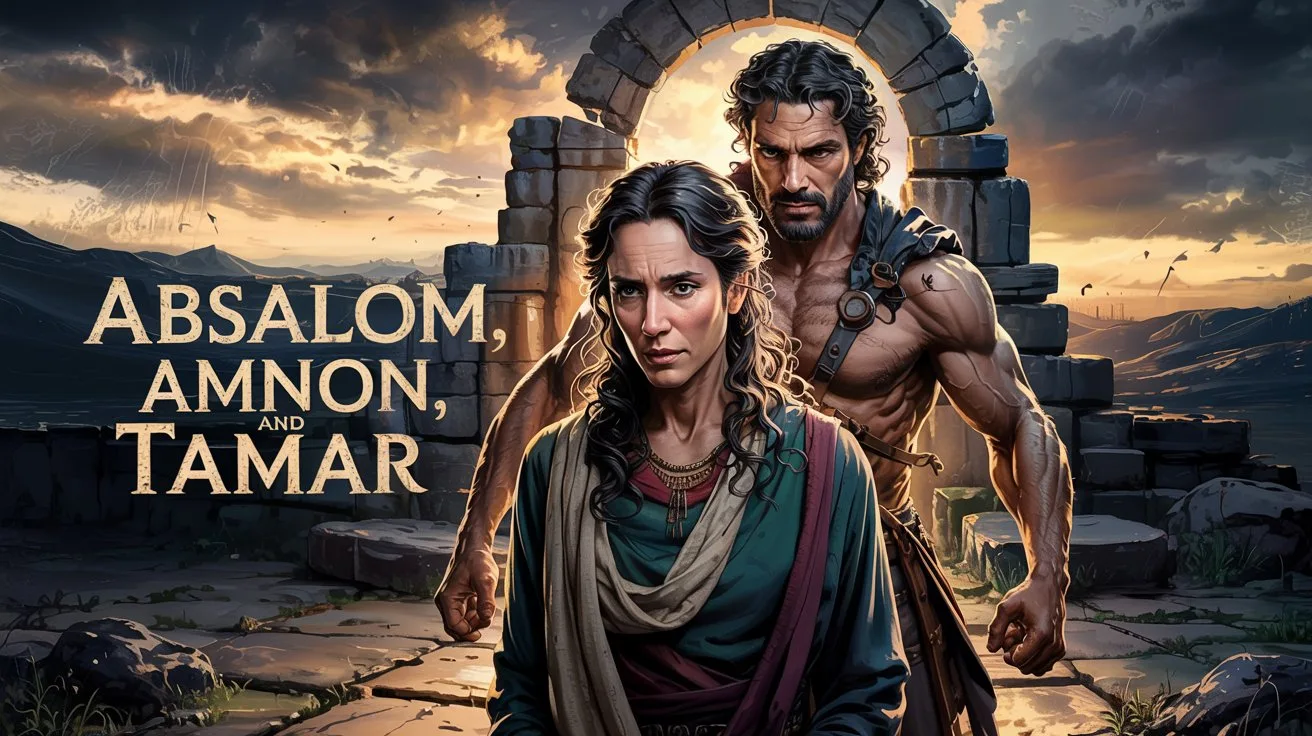Memorial stones in the Bible were physical markers set up to commemorate significant acts of God. They served as visual reminders for future generations of God’s faithfulness, deliverance, and covenant.
One of the most well-known examples is in Joshua 4. After the Israelites crossed the Jordan River on dry ground, God instructed Joshua to have one man from each tribe take a stone from the riverbed and set them up as a memorial:
“That this may be a sign among you when your children ask in time to come, saying, ‘What do these stones mean to you?’… that all the peoples of the earth may know the hand of the Lord, that it is mighty…”
(Joshua 4:6, 24)
The stones were not objects of worship but teaching tools. They sparked questions from children and provided opportunities for parents to recount God’s power and provision.
In Genesis 28:18, Jacob set up a stone pillar at Bethel after God appeared to him in a dream. He poured oil on it and made a vow, marking the site as holy. This was both a personal act of devotion and a record of God’s promise.
In 1 Samuel 7:12, after Israel’s victory over the Philistines, Samuel set up a stone and named it Ebenezer, meaning “Thus far the Lord has helped us.”
Memorial stones in Scripture were never meant to become idols or shrines. When used rightly, they kept the memory of God’s works alive and grounded the community in truth.
Today, while we may not erect physical stones, the principle remains: we should mark and remember God’s faithfulness. Whether through Scripture, testimony, or tradition, we pass on the knowledge of what God has done.







